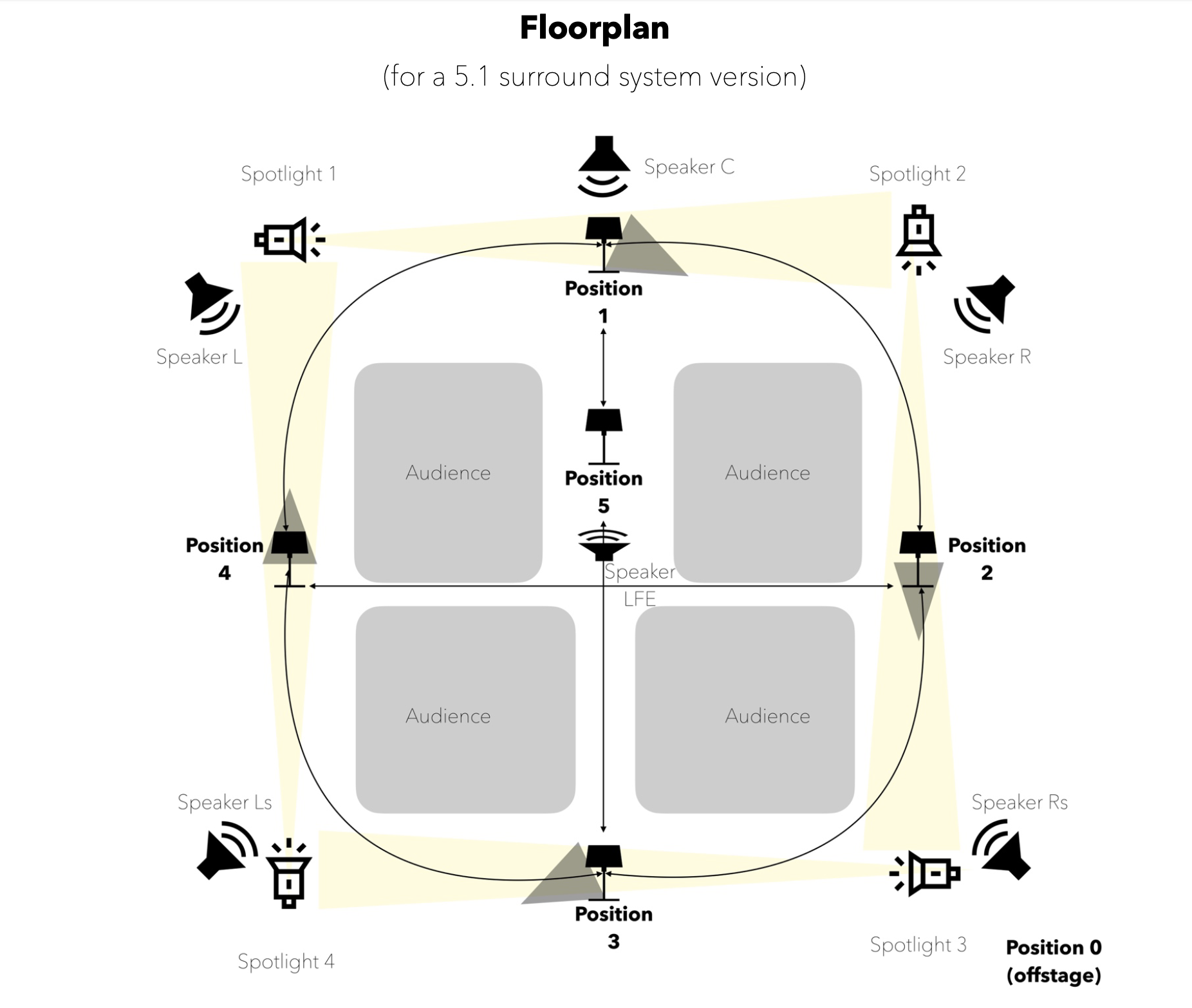The text setting of qualitative data is employed in the second scene of TRAPPIST-1. Here, Gavin and I had an interest to explore the process of the discovery of the planetary system from the scientist’s personal perspective. For that purpose, we interviewed Dr Amaury Triaud, asking him to recall for us his experience at the observatory of La Silla in the Atacama Desert (Chile) during the observations of the TRAPPIST-1 system. The transcript of this interview informed the composition of the scene, named “Atacama”. In this case, the fragments from Amaury’s quotes are not just sung or spoken, as in the previous two works, but delivered using the flute's extended technique of speaking/singing while playing. The scene explores the idea of the loneliness and isolation in the extreme conditions of the desert. In contrast with the other scenes of this work, in which the electronics part is very active showcasing the rotation of the planetary system, in this section the electronics only play a still drone, representing the star. They also support the flute part by slowly adding effects to the sounds produced by the flautist[49].
In this scene, the text is used as a stimulus for an improvisation. The sentences chosen from the interview are descriptive of Amaury’s experience at the observatory and in the desert. Through the flautist’s improvisation, we want to engage not only with his words, but also, sonically, with the soundscape that they depict. The words become, therefore, onomatopoeic through the performance.
Example #13
The flautist speaks/sings, while playing the flute, fragments of text extracted from the interview with Dr Amaury Triaud about his experience in the observatory of La Silla. In this performance, Gavin focuses on depicting sonically Dr Triaud's words by using small phonic gestures: “I knew that I wanted to break down the text into phonics so that I could play more gesturally in my improvising and use these vocal sounds as impulses as either articulation, or in the case of “static electricity” using a rolled r to blend from speech into flute sounds” (Stewart, 2023: 207).
